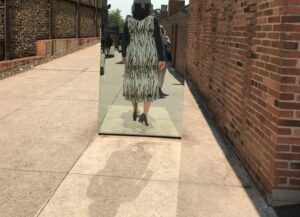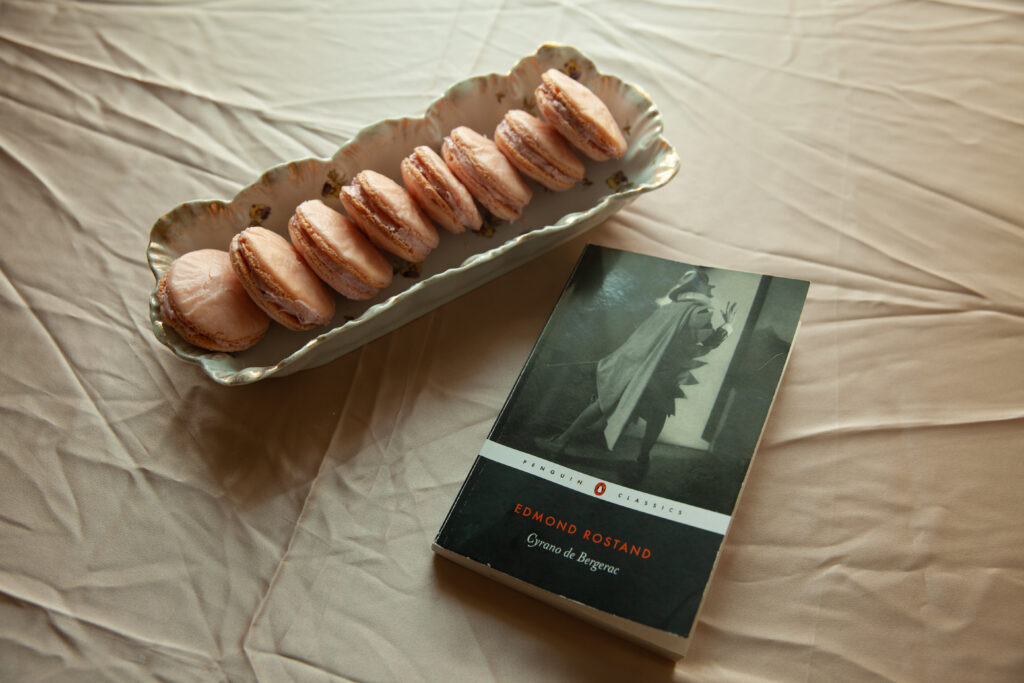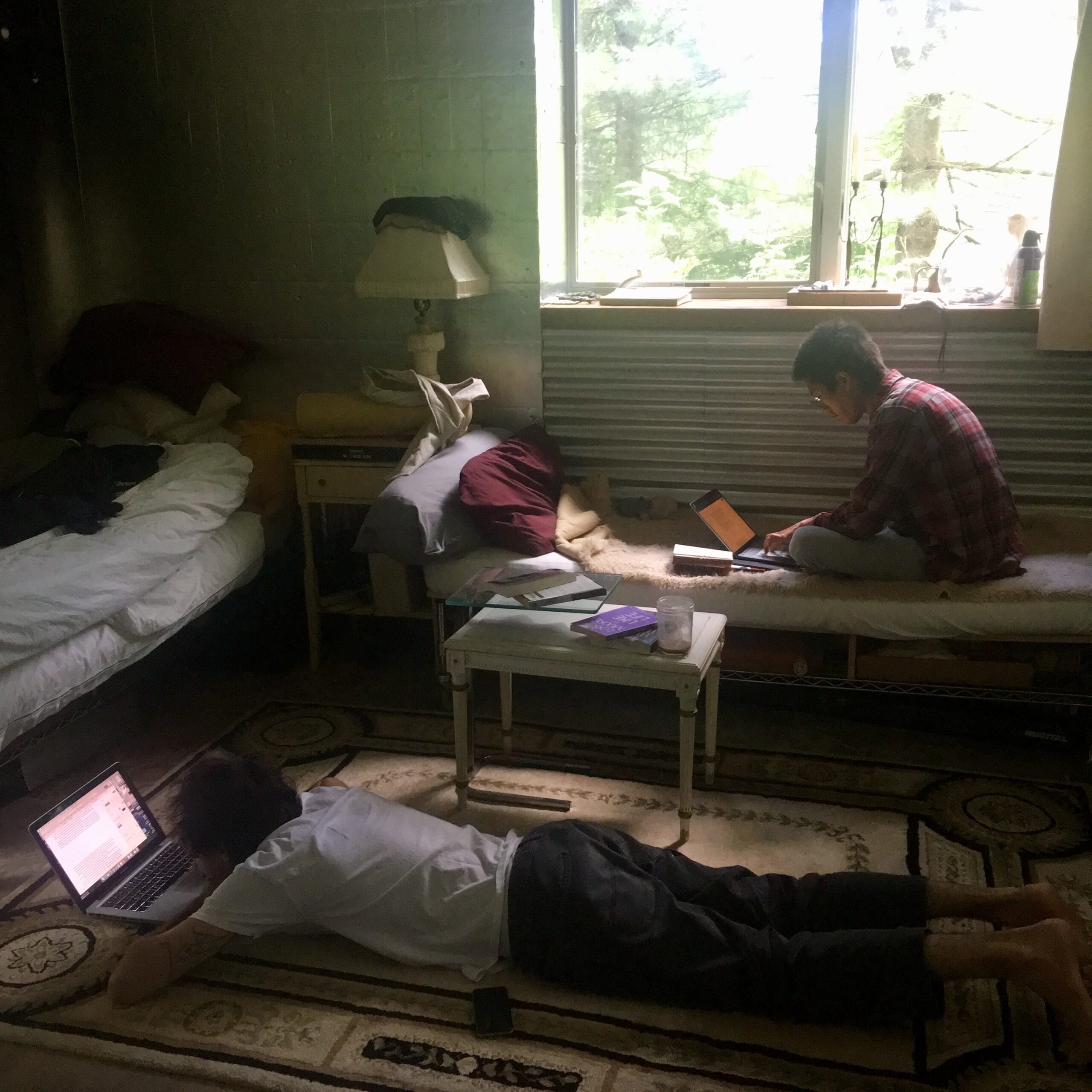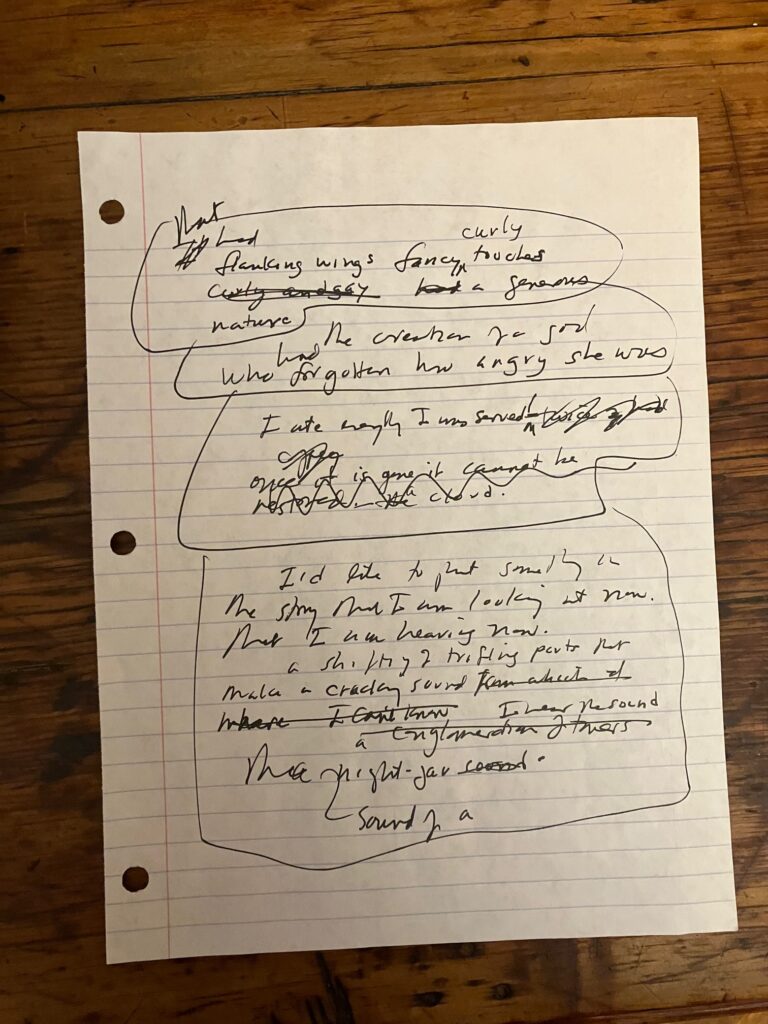This week, we bring you reviews from four of our issue no. 240 contributors.
Journeys at the Apartheid Museum in Johannesburg. Photograph by TrudiJ, CC BY-SA 4.0, via Wikimedia Commons.
I went to Johannesburg in 2013, I don’t know why I’m telling you about it now. Maybe because lockdown is a kind of segregation, where you see only the people you live with. Dilip picked me up at the airport. Driving into town, he left a car’s length between his Toyota and the car in front. I noticed other vehicles doing the same. We don’t want to be carjacked, he said, they box you in and smash the windshield. The seminar began the next day, and I was at my seat at 9 A.M., jet-lagged and medicated. I nodded off during Indian Writing in English: An Introduction. Later, I vomited in the staff restroom, left the university building, and went toward the center of the city. In the wide shade of an overpass, I walked into a smell of barbecue meat that would stay in my clothes all day. There were people drinking beer, blasting cassettes, selling fruit and cooked food from tarps spread on the ground. In the car Dilip had said apartheid was a thing of the past, but wherever I went I saw people segregated by habit. The days passed so slowly that it felt like a long season, like summer on the equator. I saw people in groups, some kind of shutdown in their eyes. I saw a man kneeling in the middle of a sidewalk. Why we got to go out there? he wailed. Why? I had no answer for him. At the Apartheid Museum, the random ticket generator classified me correctly among the NIE-BLANKES | NON-WHITES, and I entered through the non-white gate. The museum was designed to provoke. Of the exhibitions, documents, photographs, and pieces of film footage I saw there, only the installation Journeys stays with me now, a decade later. In 1886, when gold was discovered in Johannesburg, migrants came to the city from every part of the world. To prevent the mixing of races, segregation was introduced in both the mines and the city. Journeys is a series of life-size figures imprinted on panels and placed along a long, sunlit walkway. These are images of the children and grandchildren and great-grandchildren of that first wave of migrants. By walking among these people of all races, something you have done countless times in the cities of the world, you are part of a subversive tide of art and history, an intermingling, the very thing apartheid was created to prevent.
—Jeet Thayil, author of “Dinner with Rene Ricard”
Copyright
© The Paris Review




















